What are Reenactment Attire
Reenactment attire refers to the meticulously crafted garments and outfits designed to replicate the clothing from a particular historical period or event. These pieces are often used in historical reenactments, theater productions, themed events, and educational demonstrations. Individuals who engage in reenactment, whether as a hobby or professionally, strive to achieve authenticity in their portrayal, and as such, the attire plays a crucial role in bringing history to life. The principles behind reenactment attire revolve around historical accuracy, craftsmanship, and functionality.
Crafters of reenactment attire utilize a combination of historical research, period-specific techniques, and sometimes modern methods to create garments that are as close as possible to their original counterparts. This can include the use of appropriate materials, colors, and sewing techniques. The goal is to create an immersive experience for both the wearer and the viewer, offering a tangible connection to the past. People who participate in reenactments often do so out of a passion for history and education, using their attire as a means of sparking interest and awareness about the time period they represent.
The functionality of reenactment attire is also significant; these garments are not merely costumes but are often made to withstand the rigors of reenactment activities such as mock battles, dances, or day-to-day simulations of historical life. For this reason, durability is as important as aesthetic fidelity. Reenactors may wear these outfits in a variety of settings, from outdoor environments that mimic historical battlefields to elegant indoor settings for period dances. Each garment must therefore be constructed with both appearance and practicality in mind.
Types of Reenactment Attire
The world of reenactment attire is diverse, encompassing a wide range of historical periods and styles. Here's a glance at some of the types:
Military Uniforms: These are precise replicas of the uniforms worn by soldiers throughout history, often seen in Civil War reenactments or World War II reenactment events. They include all components from jackets to trousers and are essential for creating an authentic military portrayal.
Period Gowns and Dresses: Elaborate gowns and dresses reflect the fashion trends from various eras such as the Renaissance or Victorian periods. They are often crafted with attention to detail, replicating the fabrics, trims, and silhouettes of the times.
Armor Suits: For medieval reenactments, full suits of armor are replicated with materials that mimic the look and feel of traditional metalwork while sometimes utilizing lighter or more practical materials for ease of movement during reenactments.
Cultural Costumes: These outfits represent specific cultural heritages at historical events or festivals, such as traditional Native American clothing or Celtic attire worn during Highland games or folk festivals.
Fantasy Costumes: While not historically accurate, fantasy costumes inspired by literature or folklore also fall into the category of reenactment attire when used in settings that aim to bring fantasy worlds to life.
How to choose Reenactment Attire
For businesses looking into stocking reenactment attire for resale or for use in commercial activities such as themed events or historical parks, several factors must be considered:
Historical Accuracy: Ensure that the attire is appropriate for the specific time period and setting you intend to represent. Authenticity is key in reenactment communities and can greatly impact the credibility of your offerings.
Material Quality: The fabrics and materials used should be aligned with those available during the era being portrayed but also need to withstand regular use. Natural fibers like cotton and wool may be preferable for certain periods but consider modern blends for durability if necessary.
Size Range: Offer a variety of sizes to accommodate different body types within your target market. This inclusivity can broaden your customer base significantly.
Gender Variations: Historical clothing often varies greatly between genders; make sure you provide options for all genders interested in participating in reenactments.
Customization Options: Given that individuals may have specific requirements for their portrayals, offering customization services like OEM or ODM could be advantageous.
Best Reenactment Attire on Alibaba.com
Alibaba.com stands out as an expansive marketplace where businesses can source a wide array of reenactment attire suitable for various historical periods and themed events. With an impressive selection offered by numerous suppliers worldwide, finding outfits that cater to diverse requirements becomes significantly more manageable on this platform. The convenience provided by Alibaba.com extends beyond variety; it encompasses ease of communication with suppliers through integrated messaging systems and mobile-friendly features that allow buyers to conduct transactions on-the-go in their local language.
Moreover, Alibaba.com prioritizes buyer confidence through services like Trade Assurance which safeguards payments until order fulfillment is confirmed. This commitment to secure transactions complements Alibaba's extensive network that connects small and medium-sized businesses with reliable suppliers capable of meeting bulk order demands and even accommodating customized attire requests. The platform's infrastructure is designed not only for efficiency but also for fostering long-term business growth globally—a testament to its role in international trade solutions catered towards businesses at every stage of development.
Common FAQs for Reenactment Attire
What is the importance of historical accuracy in reenactment attire?
Historical accuracy is paramount in reenactment attire as it ensures the authenticity of the portrayal, which is crucial for educational purposes and for maintaining the integrity of reenactment events.
How does material quality affect reenactment attire?
Material quality affects both the look and durability of reenactment attire. High-quality materials that are true to the period can enhance authenticity, while durability ensures the attire can withstand the activities typical of reenactments.
Why is it important to offer a range of sizes in reenactment attire?
Offering a variety of sizes ensures that reenactors of all body types can find garments that fit well, which is essential for both comfort and accuracy in portrayal.
What are the benefits of providing gender-specific reenactment attire?
Gender-specific attire allows businesses to cater to historical accuracy as clothing varied significantly between genders in most historical periods, thereby meeting the needs of a wider customer base.
How can customization services benefit businesses purchasing reenactment attire?
Customization services allow businesses to meet specific customer needs, whether for individual fit or unique style requirements, which can lead to increased satisfaction and repeat business.
What types of reenactment attire are commonly sought after for themed events?
Themed events often seek out period gowns, military uniforms, cultural costumes, and fantasy costumes to create an immersive experience for participants.
Can modern materials be used to create historically-accurate reenactment attire?
Modern materials may be used if they closely mimic the appearance and texture of period materials while offering benefits such as increased durability or ease of care.
How do businesses determine the appropriate era and style when selecting reenactment attire?
Businesses should consider their target audience, the specific historical period being represented, and any thematic requirements when selecting era-appropriate and stylistically accurate reenactment attire.
What considerations should be made for reenactment attire intended for outdoor use?
For outdoor use, it is important to consider weather resistance and comfort, ensuring that materials can protect against elements while allowing for freedom of movement.
Is it possible to find historically accurate armor suits that are practical for wear during reenactments?
Yes, suppliers often offer historically accurate armor suits made with modern materials that are lighter and more practical for movement during reenactments.
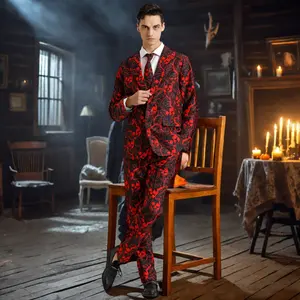




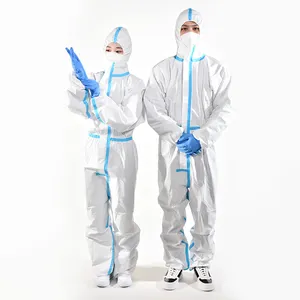

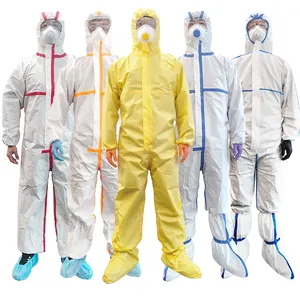


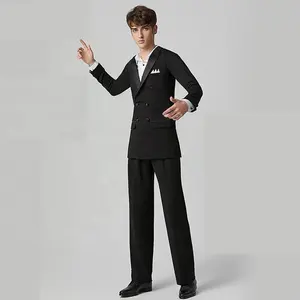

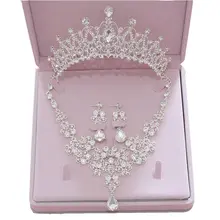

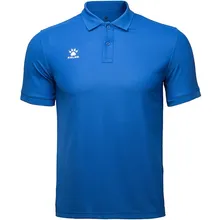
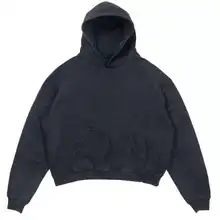




























 浙公网安备 33010002000092号
浙公网安备 33010002000092号 浙B2-20120091-4
浙B2-20120091-4